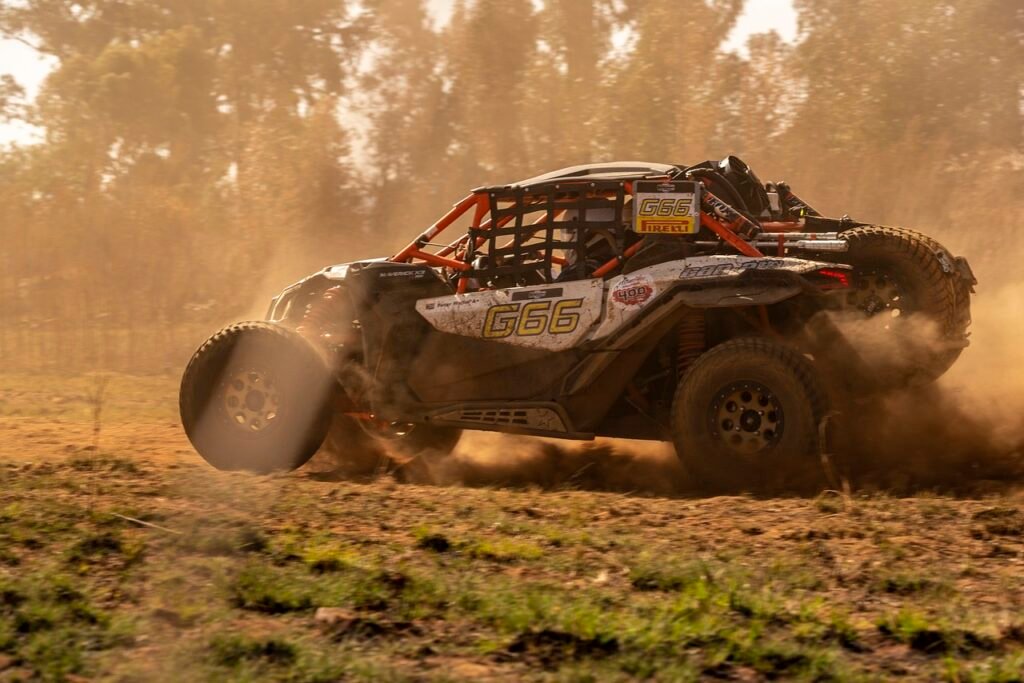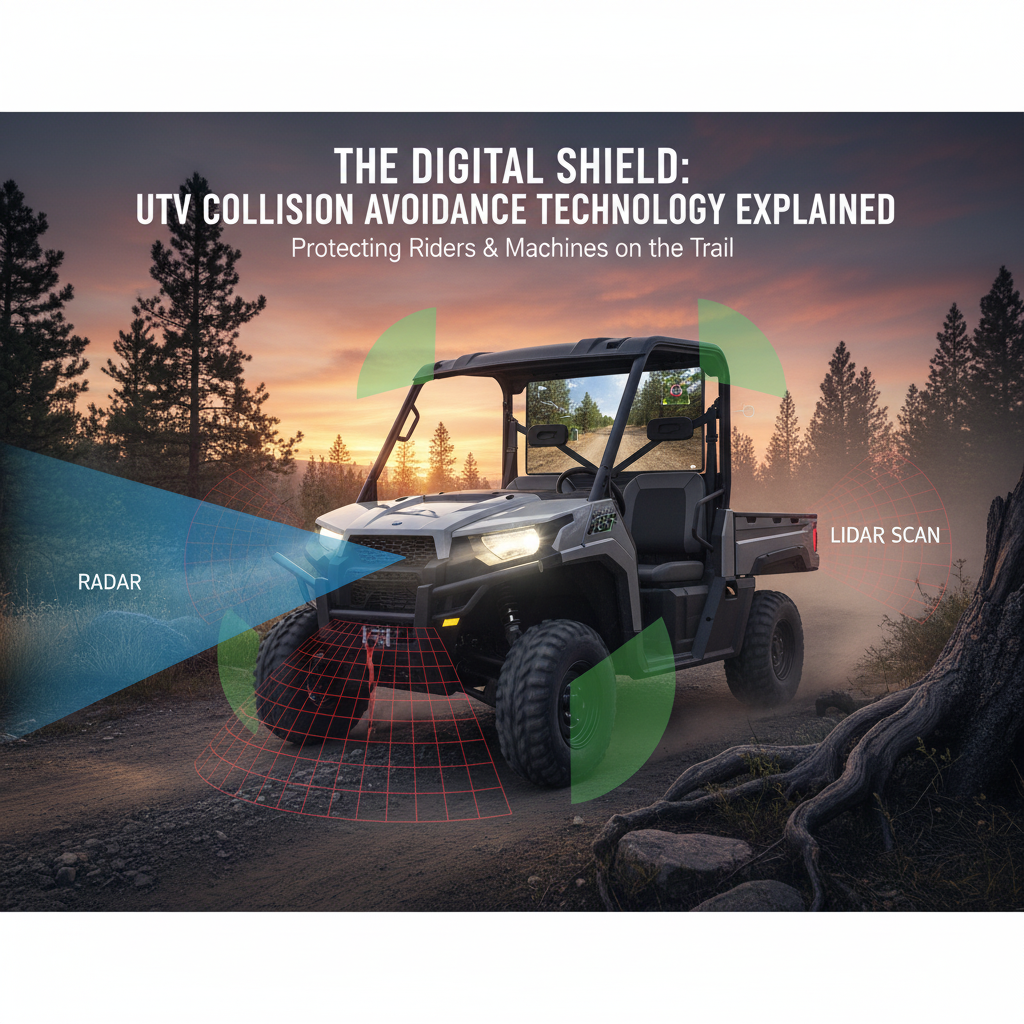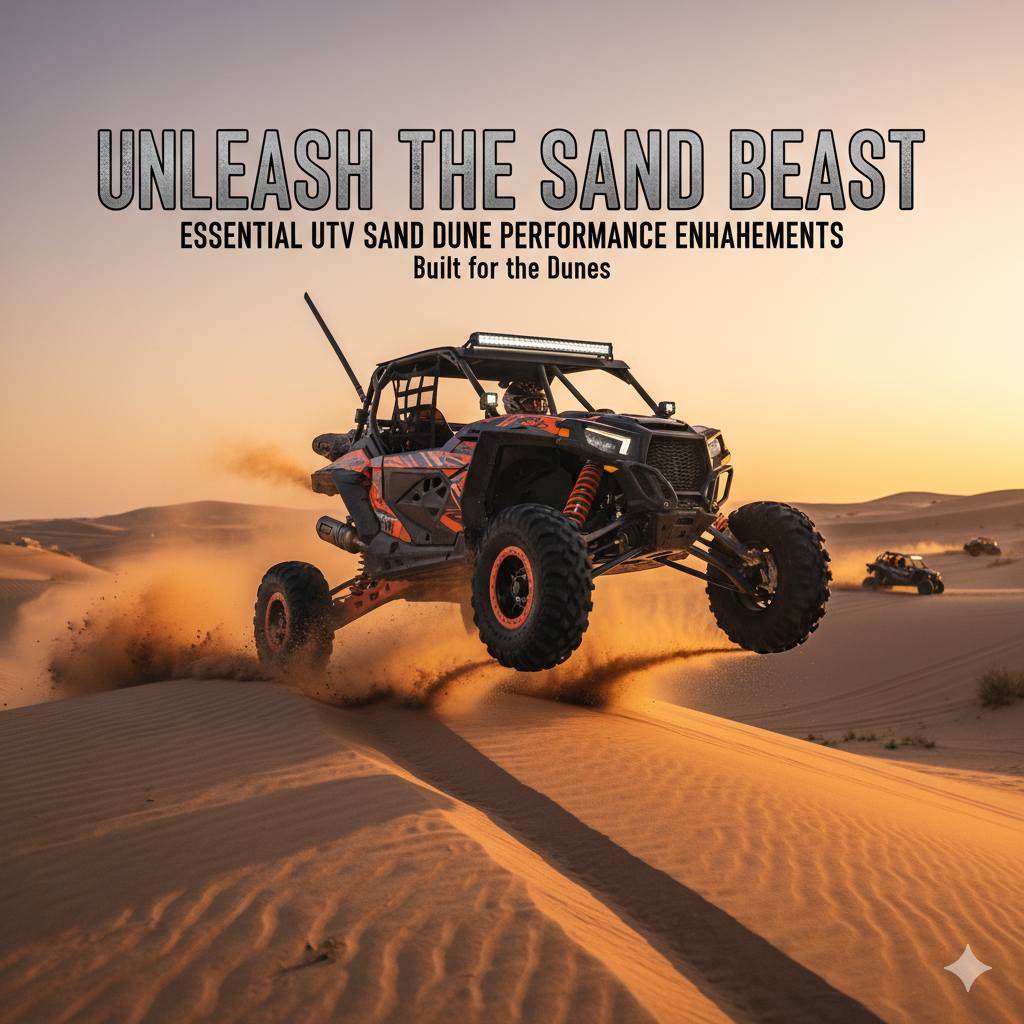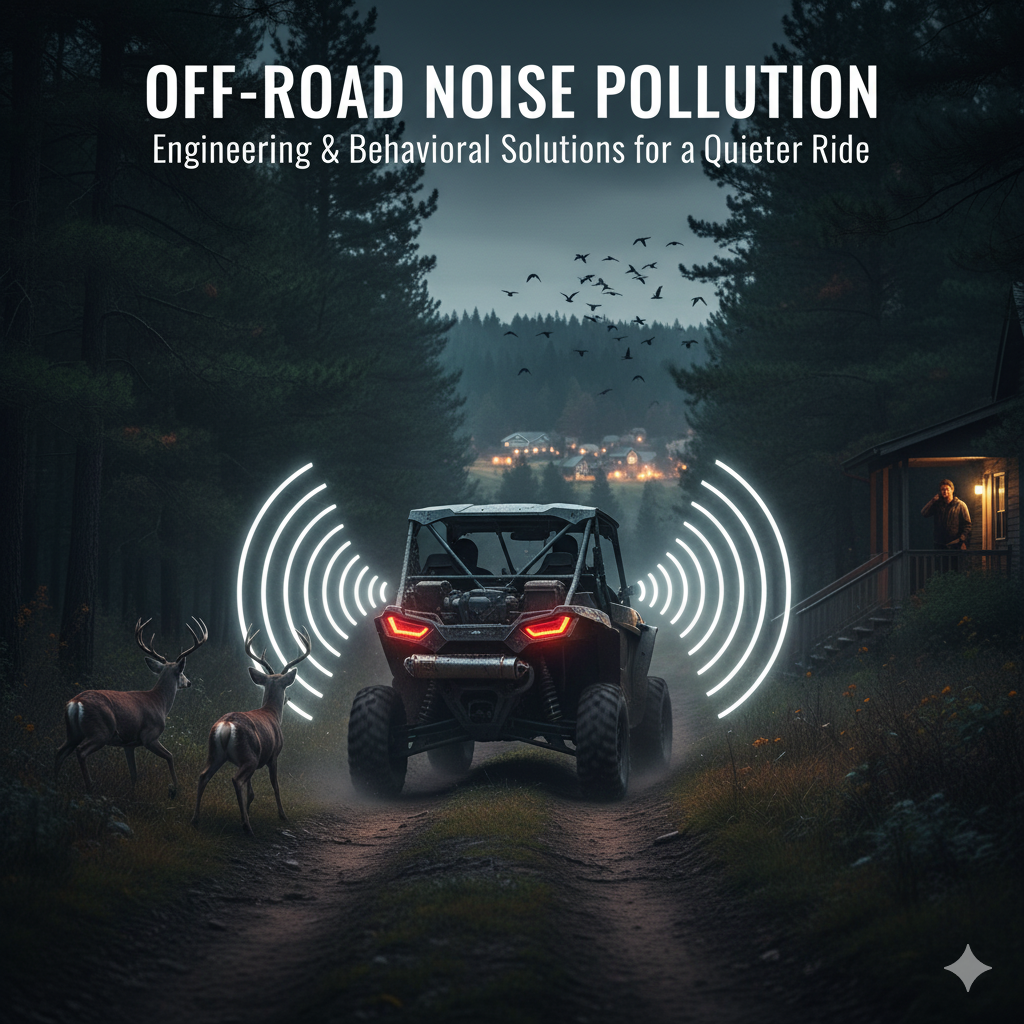The Honda Pioneer and Polaris Ranger series represent two of the most esteemed names in the Utility Task Vehicle (UTV) market.
Both brands have cultivated a strong reputation over the years, thanks to their commitment to quality, innovation, and performance.
The Honda Pioneer, launched by the renowned Japanese automaker Honda, has been a staple in the UTV segment since its introduction.
Known for its robust engineering and reliability, the Pioneer series has garnered a loyal following among UTV enthusiasts and professionals who require dependable performance in versatile terrains.
On the other hand, Polaris has long been a key player in the powersports industry, with the Ranger series standing out for its versatility and rugged design.
Polaris introduced the Ranger series to cater to a broad spectrum of users, from recreational riders to those needing a workhorse for agricultural and industrial applications.
The Ranger’s reputation is build on its impressive blend of power, comfort, and advance features.
Making it a formidable competitor in the UTV market.
Both the Honda Pioneer and Polaris Ranger series are design with specific philosophies in mind.
Honda’s approach focuses on creating durable, user-friendly vehicles that deliver consistent performance and ease of maintenance.
The Pioneer series is often praise for its straightforward design, which emphasizes functionality and reliability.
Conversely, Polaris takes a more innovative stance, integrating cutting-edge technology and customizable options into the Ranger series.
This approach allows users to tailor their vehicles to meet specific needs, whether for leisure or labor-intensive tasks.
Understanding these overarching design philosophies and historical contexts is crucial for a comprehensive comparison of the Honda Pioneer and Polaris Ranger models.
Both brands bring unique strengths to the table, setting the stage for an in-depth exploration of their various versions and capabilities.
As we delve deeper into the specifics.
It will become evident how these UTVs cater to different user preferences and requirements.
Highlighting the distinct advantages each series offers in the competitive UTV landscape.
Design and Build Quality
The design and build quality of the Honda Pioneer and Polaris Ranger are critical factors that often influence a buyer’s decision.
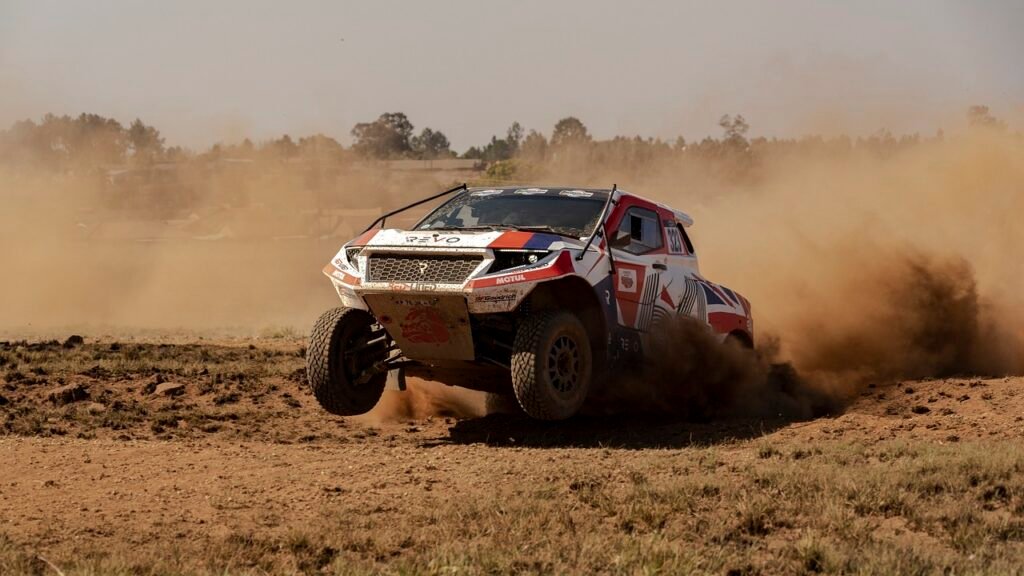
Both models are renown for their robust construction.
But there are distinct differences in their design philosophy and material choices.
The Honda Pioneer is often praise for its rugged build.
Utilizing high-strength steel and durable plastics that contribute to its long-term reliability.
The seating arrangements in the Pioneer are design to offer maximum comfort.
With ergonomically crafted seats that can accommodate multiple passengers without compromising on space.
This makes it an excellent choice for both work and recreational purposes.
On the other hand, the Polaris Ranger is equally impressive in terms of build quality.
Featuring a reinforce chassis and high-grade materials that ensure durability under extreme conditions.
The Ranger’s design emphasizes versatility, with modular seating that can be easily adjust to suit different needs.
This adaptability is particularly beneficial for users who require a utility vehicle that can transition seamlessly between work tasks and leisure activities.
Additionally, the Polaris Ranger’s cargo space is thoughtfully design to maximize utility.
Featuring multiple storage compartments and a spacious bed that can handle substantial loads.
When it comes to aesthetics, both the Honda Pioneer and Polaris Ranger offer visually appealing designs that cater to different tastes.
The Pioneer typically showcases a more traditional, rugged look, appealing to those who prioritize functionality and durability.
Conversely, the Ranger often features a more modern, sleek design, aimed at users who desire both style and substance in their utility vehicle.
Overall, the Honda Pioneer and Polaris Ranger excel in design and build quality, each catering to distinct user needs and preferences.
Whether you prioritize the rugged reliability of the Pioneer or the versatile elegance of the Ranger.
Both models offer exceptional value in their respective domains.
Engine Performance and Powertrain Options
The engine performance and powertrain options are critical factors when comparing the Honda Pioneer and Polaris Ranger.
Both manufacturers offer various engine configurations tailored to differing needs.
Providing a range of options that cater to different preferences and requirements.
The Honda Pioneer lineup includes engines ranging from 500cc to 1000cc.
The Pioneer 500 is equip with a 475cc single-cylinder engine, delivering modest power suitable for light-duty tasks and terrain.
Moving up, the Pioneer 700 features a 675cc single-cylinder engine, providing a balance of power and efficiency.
The flagship model, the Pioneer 1000, boasts a 999cc twin-cylinder engine, generating substantial horsepower and torque.
Making it ideal for heavy-duty applications and challenging terrains.
In contrast, the Polaris Ranger offers a wide spectrum of engine options across its various models.
The Ranger 500 comes with a 500cc single-cylinder engine, comparable to the Honda Pioneer 500.
A Ranger 570 features a 567cc single-cylinder engine, offering a slight increase in power.
The Ranger 1000 and Ranger XP 1000 models are powered by a 999cc twin-cylinder engine, similar to the Honda Pioneer 1000.
Delivering impressive horsepower and torque for demanding tasks and rough terrains.
When it comes to overall performance, both the Honda Pioneer and Polaris Ranger excel in their respective categories.
The larger engines in the Pioneer 1000 and Ranger XP 1000 provide superior torque and horsepower.
Making them well-suited for towing, hauling, and navigating rough terrain.
The smaller engines in the Pioneer 500 and Ranger 500, while less powerful.
Offer excellent fuel efficiency and are perfect for lighter tasks and smoother terrains.
Fuel efficiency is another critical aspect of engine performance. Generally.
The smaller engines in both lineups tend to be more fuel-efficient, making them ideal for longer rides and extended use.
The larger engines, while consuming more fuel, offer unmatched power and performance for heavy-duty activities.
In summary, the choice between the Honda Pioneer and Polaris Ranger largely depends on the specific needs and preferences of the user.
Both offer a range of engine and powertrain options designed to cater to a variety of tasks and terrains.
Ensuring that there is a model suitable for every requirement.
Suspension and Handling
The suspension and handling of a utility task vehicle (UTV) are critical factors that determine its performance across various terrains and conditions.
When comparing the Honda Pioneer and Polaris Ranger.
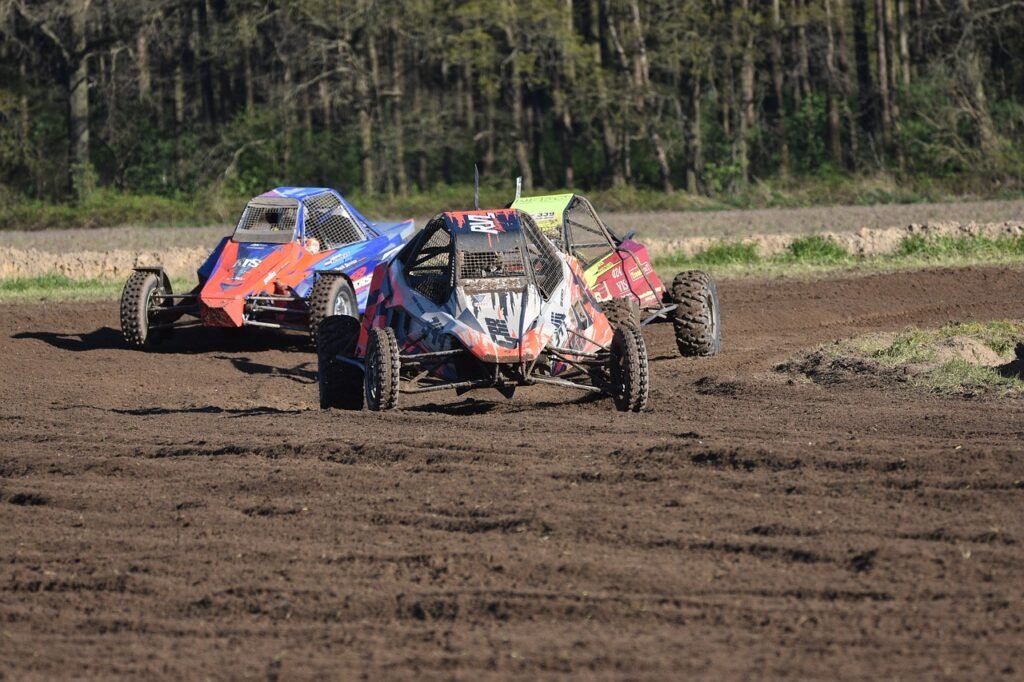
Both models exhibit unique strengths in their suspension systems and handling characteristics.
The Honda Pioneer boasts a well-engineer suspension system that includes independent double-wishbone front and rear suspension.
This setup allows for an impressive ground clearance.
Typically ranging between 10 to 12 inches depending on the model.
The Pioneer’s suspension is complemented by high-quality shock absorbers.
Which significantly enhance ride comfort, even on rough trails and rocky terrain.
This feature ensures that the vehicle maintains stability and control.
Providing a smoother ride experience under diverse conditions.
Furthermore, the suspension system’s robustness plays a crucial role when the Pioneer is loaded or towing.
Maintaining performance without compromising on handling.
Conversely, the Polaris Ranger is equip with an advance suspension system.
That includes dual A-arm front suspension and independent rear suspension.
The Ranger’s ground clearance is also noteworthy, with models offering between 11 to 13 inches.
This high ground clearance, combined with well-tuned shock absorbers.
Ensures that the Ranger can tackle challenging terrains such as mud and rocky paths with ease.
The Ranger’s suspension system is designed to handle heavy loads and towing efficiently.
Maintaining a balanced and stable ride regardless of the cargo weight.
When it comes to handling, both the Honda Pioneer and Polaris Ranger excel in providing responsive and predictable control.
The Pioneer’s steering is precise, allowing for confident maneuvering through tight trails and difficult terrain.
Similarly, the Ranger’s handling is agile and responsive, thanks to its sophisticated suspension design and advanced steering mechanisms.
Both UTVs offer a high degree of ride comfort, ensuring that operators and passengers experience minimal jolts and vibrations.
In conclusion, both the Honda Pioneer and Polaris Ranger are equipped with robust suspension systems and excel in handling various terrains and conditions.
Whether it’s the Pioneer’s focus on ride comfort and stability or the Ranger’s prowess in handling heavy loads and tough terrains.
Each model brings a unique set of strengths to the table, catering to diverse user needs.
Tech feature and Innovations
When it comes to technological advancements.
Both the Honda Pioneer and Polaris Ranger demonstrate significant strides in enhancing user experience and vehicle functionality.
These side-by-sides are equipped with a range of features that cater to modern-day demands.
Ensuring a blend of performance and convenience.
The Honda Pioneer series incorporates a variety of technological elements designed to elevate the riding experience.
Among these is the advanced infotainment system.
Which provides seamless connectivity through Bluetooth, USB ports, and auxiliary inputs.
This allows users to easily manage music and other media while on the go.
Additionally, Honda has integrated an intuitive navigation system that offers real-time GPS tracking, helping riders navigate even the most challenging terrains with ease.
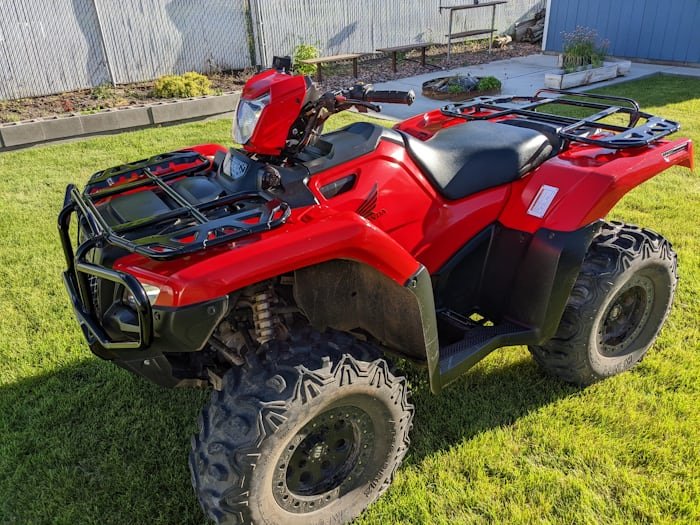
Driver assistance features in the Honda Pioneer include a robust set of sensors and cameras that provide comprehensive visibility of the surroundings.
This is particularly beneficial when maneuvering through tight spaces or rugged landscapes.
The inclusion of electronic power steering (EPS) further enhances control, reducing fatigue during extended rides.
Unique technological advancements such as Hill Start Assist and Intelligent 4WD systems showcase Honda’s commitment to safety and performance.
On the other hand, the Polaris Ranger equally impresses with its suite of technological features.
The infotainment system, branded as Ride Command.
Offers a 7-inch touchscreen display that integrates smartphone connectivity, GPS navigation, and vehicle diagnostics.
This system stands out for its user-friendly interface and ability to provide valuable insights into vehicle performance and maintenance needs.
Polaris also emphasizes driver assistance through features like Active Descent Control (ADC) and Electronic Power Steering (EPS).
These technologies are crucial for maintaining stability and control on uneven terrains.
Moreover, Polaris has implemented a range of innovative solutions such as the ProStar engine platform.
Which optimizes power delivery and fuel efficiency, and the Lock & Ride cargo system.
Enhancing the overall utility of the vehicle.
In conclusion, both the Honda Pioneer and Polaris Ranger incorporate a variety of technological features and innovations that significantly improve user experience and vehicle performance.
While Honda focuses on safety and navigation.
Polaris excels in providing a comprehensive infotainment system and practical utility solutions.
Each brand’s unique approach to integrating technology ensures that users can enjoy a reliable and enhanced off-road adventure.
Safety Features and Reliability
When assessing the safety features of the Honda Pioneer and Polaris Ranger.
Several key elements come to the forefront.
Both models are equip with robust roll cages designed to safeguard occupants in the event of a rollover.
The Honda Pioneer features an Occupant Protection Structure (OPS).
that meets OSHA and ISO standards, ensuring high levels of safety.
Similarly, the Polaris Ranger is equipped with a Rollover Protection Structure (ROPS), providing comparable safety assurances.
Seat belts are another critical safety component in both vehicles.
The Honda Pioneer includes automotive-style three-point seat belts for both driver and passengers, enhancing occupant security.
Polaris Ranger also incorporates three-point seat belts.
Complemented by seat belt interlock systems that limit vehicle speed if the seat belts are not fastened.
Offering an additional layer of protection.
Braking systems play a vital role in the safety of UTVs.
The Honda Pioneer is equipped with dual hydraulic disc brakes, ensuring effective stopping power under various conditions.
Polaris Ranger features an advanced braking system with four-wheel hydraulic disc brakes, providing reliable and responsive braking performance.
Both braking systems contribute significantly to the overall safety profile of these vehicles.
Reliability is another crucial factor for UTV users, impacting both safety and long-term vehicle performance.
User reviews consistently highlight the Honda Pioneer for its dependability, noting minimal maintenance requirements and robust engine performance.
The Pioneer’s automotive-grade components contribute to its reputation for durability and reliability.
On the other hand, the Polaris Ranger is also praised for its reliability, with users appreciating its rugged build and consistent performance.
However, some reviews indicate that the Ranger may require more frequent maintenance compared to the Pioneer, particularly in demanding environments.
Overall, both models are renowned for their dependability, but the Honda Pioneer may offer a slight edge in terms of lower maintenance needs and long-term reliability.
In evaluating safety features and reliability, both the Honda Pioneer and Polaris Ranger demonstrate strong performance.
However, the nuanced differences in maintenance requirements and user-reported dependability may influence the decision for potential buyers, with the Honda Pioneer potentially providing a marginal advantage in overall vehicle dependability.
Customization and Accessories
The customization and accessory options available for both the Honda Pioneer and Polaris Ranger are extensive, catering to a wide array of user preferences and needs.
Factory options and aftermarket solutions provide ample opportunities to enhance performance, aesthetics, and functionality, making these versatile vehicles even more adaptable.
Starting with the Honda Pioneer, the factory offers a robust selection of accessories designed to improve the vehicle’s performance and usability.
Performance upgrades such as heavy-duty suspension kits, high-performance exhaust systems, and upgraded air filters are readily available.
For those looking to enhance the visual appeal, Honda provides various aesthetic modifications including custom graphics, aluminum wheels, and interior trim kits.
Practical accessories are not overlooked either, with options like winches, additional storage compartments, and specialized lighting systems available to meet the demands of various tasks and environments.
On the other hand, the Polaris Ranger is renowned for its extensive customization capabilities.
Polaris provides a comprehensive range of factory accessories, from performance-enhancing parts like engine tuners and suspension upgrades to aesthetic modifications such as custom paint jobs and LED light bars.
Practical accessories for the Polaris Ranger include versatile storage solutions, winches, and advanced lighting options, all designed to optimize the vehicle’s utility in different scenarios.
When comparing the two, both the Honda Pioneer and Polaris Ranger excel in offering a wide variety of customization options.
The Polaris Ranger, however, may have a slight edge due to its broader selection of factory accessories and a more extensive aftermarket support network.
This makes the Ranger particularly appealing for users who prioritize extensive personalization and adaptability.
Ultimately, the choice between the Honda Pioneer and Polaris Ranger in terms of customization and accessories will depend on the specific needs and preferences of the user.
Both models offer significant potential for personalization, ensuring that owners can tailor their vehicles to suit their unique requirements and enhance their overall experience.
Pricing and Value for Money
When evaluating the pricing and value for money of the Honda Pioneer and Polaris Ranger.
It is essential to consider not just the initial purchase price but also the features, performance, and overall package each model offers.
The Honda Pioneer lineup typically starts at a lower base price compared to the Polaris Ranger series.
For instance, the entry-level Honda Pioneer 500 is often more affordable than the comparable Polaris Ranger 500.
However, as you move up the range, the price difference becomes less pronounced, with both brands offering models that cater to various needs and budgets.
The Honda Pioneer is known for its reliability and durability, which translates into lower maintenance and repair costs over time.
The simplicity of the Honda Pioneer’s design, especially in the lower-end models, contributes to reduced long-term expenses.
making it a cost-effective choice for budget-conscious buyers.
On the other hand, the Polaris Ranger is renowned for its advanced technology and superior performance capabilities.
Which can justify its higher price point for those seeking enhanced features and better off-road capabilities.
When it comes to the higher-end models, such as the Honda Pioneer 1000 and the Polaris Ranger XP 1000, both offer a robust set of features.
The Honda Pioneer 1000 boasts a powerful engine, impressive towing capacity, and a versatile seating arrangement, making it a strong contender in its class.
Meanwhile, the Polaris Ranger XP 1000 comes with a more sophisticated suspension system, superior handling, and a range of customizable options that appeal to enthusiasts looking for a tailored experience.
Considering the cost of ownership, including maintenance, repairs, and resale value.
The Honda Pioneer often emerges as the more economical choice in the long run.
Honda’s reputation for longevity and lower maintenance costs is a significant advantage.
However, the Polaris Ranger’s advanced features and performance might justify the higher investment for some buyers.
particularly those who prioritize cutting-edge technology and superior off-road performance.
Ultimately, the choice between the Honda Pioneer and Polaris Ranger will depend on individual preferences, budget constraints, and specific requirements.
Both offer excellent value for money in their respective ways, ensuring that potential buyers can find a model that aligns with their needs and expectations.

